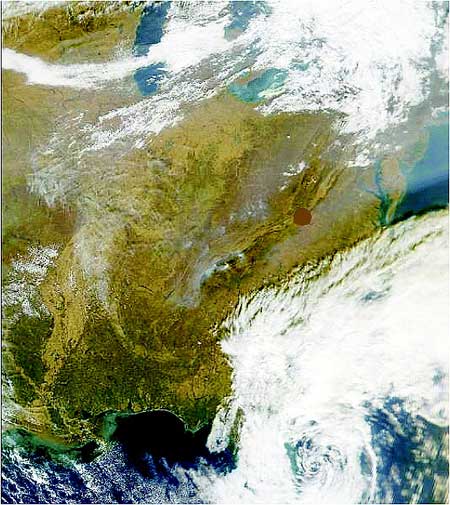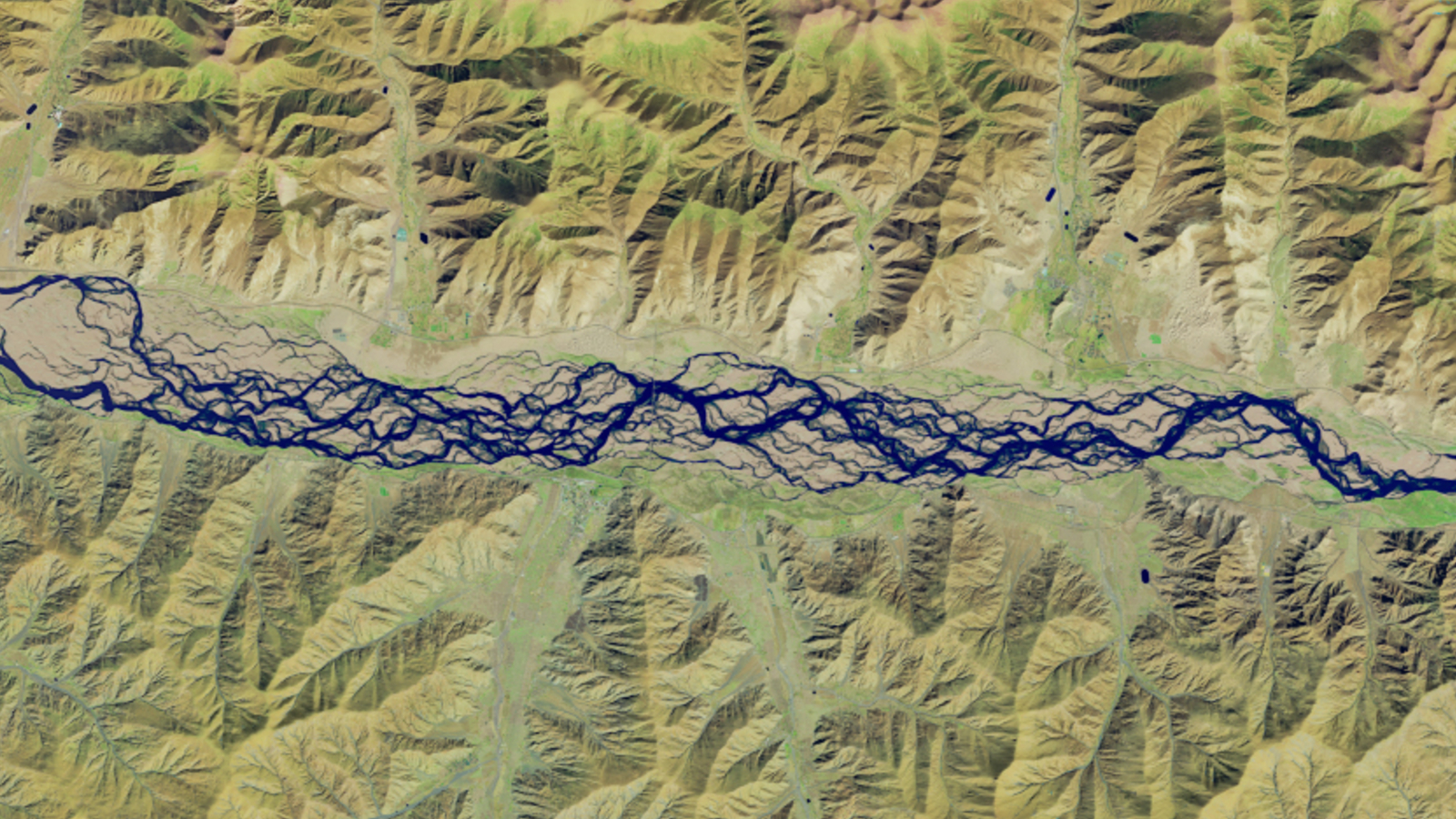U.S. Exports Pollution to Europe

On Nov. 14, 2001, a low-pressure system caused a large mass of air huddled over the eastern half of the United States to rise up several miles, where it was then carried by the jet stream to Europe.
This plume brought with it carbon monoxide, ozone, and other pollutants from North American cars, smokestacks and forest fires.
It took five days for the package to show up in the skies over Scandinavia. It later touched down in the Alps, where ozone levels jumped by 33 percent. The effect was not noticeable at lower altitudes, since background pollution levels there are higher.
An analysis of the event was presented last month in the Journal of Geophysical Research.
Going global
The event was recorded by a coordinated effort between environmental researchers on both sides of the Atlantic. Recently, there has been a heightened interest in the intercontinental transport of pollution.
"Ten to twenty years ago, pollution studies were all on the scale of cities," said Owen Cooper of the Cooperative Institute for Research in Environmental Sciences. "Now, it has all gone global."
Get the world’s most fascinating discoveries delivered straight to your inbox.
A study in 2002 used a computer model to estimate the amount of pollution that travels over the Atlantic. Although the research showed that a majority of pollution is manufactured locally, it was found that one-fifth of the European ozone violations in the summer of 1997 would not have occurred in the absence of emissions from North America.
"What you see is an elevated background pollution level from upwind countries, which leaves downwind countries less room to pollute," Cooper told LiveScience.
Our continent is not alone in blowing its bad breath around. European pollution has been tracked to Asia, as well as the Arctic. Asian plumes have been recorded over California.
Conveyor belt
Taking into account which way the wind blows, it makes sense that North American pollution ends up in Europe at some point. But if the air stays close to the surface, Cooper explained, it moves very slowly, and the pollution tends to dissipate before reaching the Old World's shores.
But occasionally a weather pattern develops, called a warm conveyor belt, which lifts surface air to an altitude where the winds ferry it two to three times faster. The pollution hitches a ride.
"This is the fastest way that pollution travels," Cooper said.
In November 2001, Cooper and his colleagues monitored the weather patterns over North America, waiting for the right conditions - like a warm conveyor belt - to develop.
Once a "pollution event" formed, they had computer simulations that predicted where and when the air mass would show up in the skies over Europe. A research aircraft then made measurements of pollution levels in targeted areas.
"We used the model to make a pollution forecast because it is too expensive to have the plane flying around randomly," Cooper said.
In the case of the plume from Nov. 14, the plane was flown over Sweden on Nov. 19. Elevated levels of carbon monoxide, ozone, nitrous oxides, acetone, and sulfur dioxide were detected. Some other pollutants did not make it. Sulfuric and nitric acid tend to be washed out of the air - in the form of acid rain - before traveling long distances.
"But ozone and carbon monoxide are not water-soluble, so they keep going for a long time," Cooper explained.
The plume was later detected at Alpine air monitoring sites. Whether it had any effect at lower altitudes, where pollution levels are higher to begin with, is more difficult to tell.
"It is hard to pinpoint a pollution event where people live," Cooper said.
Over the researchers' month-long observing period, the Nov. 14 plume caused the most observable change. It is too soon to say if this event is typical of transatlantic pollution transport, according to Cooper.
"We've only made the first baby steps in measuring this," he said.

